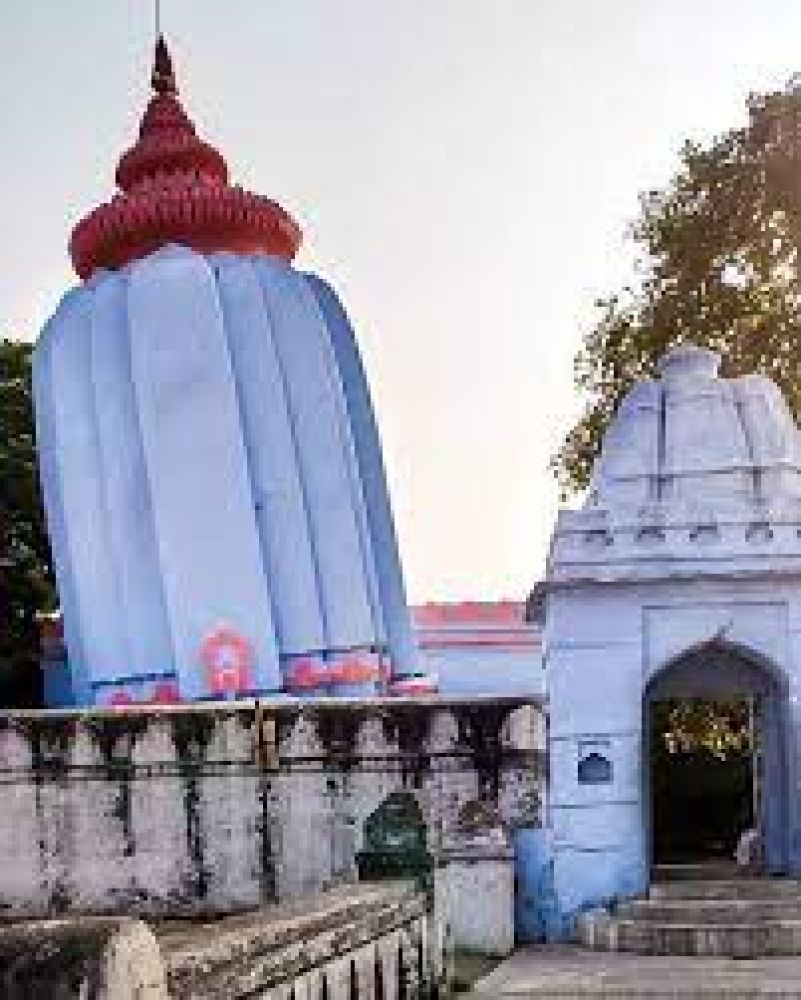

Located on the enchanting banks of the Mahanadi River, the Leaning Temple of Huma in Sambalpur, Odisha, stands as a testament to the unique architectural wonders of India. This temple, dedicated to Lord Shiva, is distinctive for its structure that defies the normal vertical alignment of buildings and instead leans at an angle. The temple's history and its leaning structure have made it a significant attraction for both devotees and tourists alike, contributing to the tourism history of the region.
The Leaning Temple of Huma was built in the 17th century by King Baliar Singh, the fifth king of the Chauhan dynasty of Sambalpur. The historical legend behind the inclination suggests that it was constructed in such a way to prevent it from being submerged by the river currents and to safeguard it from natural disasters like earthquakes.
The temple's distinctive architectural feature has piqued the interest of many over the centuries. Since its construction, the temple has drawn worshippers and visitors from various parts of the country. While the Leaning Tower of Pisa is globally recognized, the Leaning Temple of Huma has gained fame as its Indian counterpart, creating a unique place for itself in Indian tourism.
Apart from its architectural uniqueness, the Leaning Temple of Huma is an important religious site, with a large number of devotees visiting during the auspicious occasion of Shivratri. The temple complex also hosts a fair, attracting thousands of visitors and contributing to the local economy.
In recent years, the Government of Odisha has focused on promoting tourism in the area by improving infrastructure and facilities around the temple. Ecotourism, cultural tourism, and spiritual tourism are on the rise, with initiatives to include the temple in various tourism circuits within the state.
Tourists visiting the Leaning Temple of Huma can enjoy the serene beauty of the river and the rustic charm of the village of Huma. The temple's intriguing angle poses a mystery to architecture enthusiasts. The local cuisine and warm hospitality add to the richness of the visitor experience.
Conservation efforts are being undertaken to preserve this historical landmark, ensuring that it continues to fascinate generations to come. These efforts are crucial in maintaining the integrity of the temple and the safety of its visitors.
The temple is well-connected by road to Sambalpur, which is the nearest city. Visitors can reach Sambalpur by train or bus and then hire local transportation to reach the temple, which is approximately 23 km from the city center.
The Leaning Temple of Huma is more than just a religious site; it is a historical and architectural gem that has significantly contributed to the tourism tapestry of Odisha. Its unique structure, combined with the cultural and religious significance, makes it a must-visit destination for anyone traveling to India.